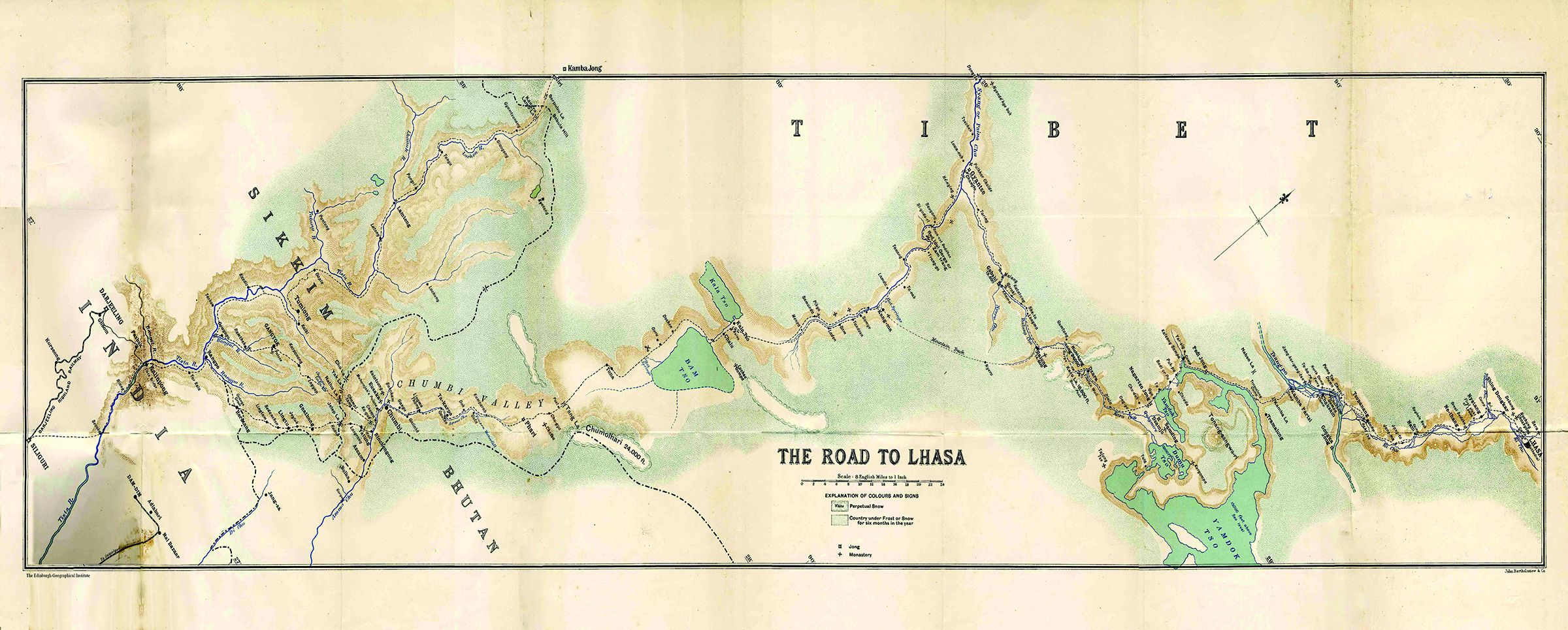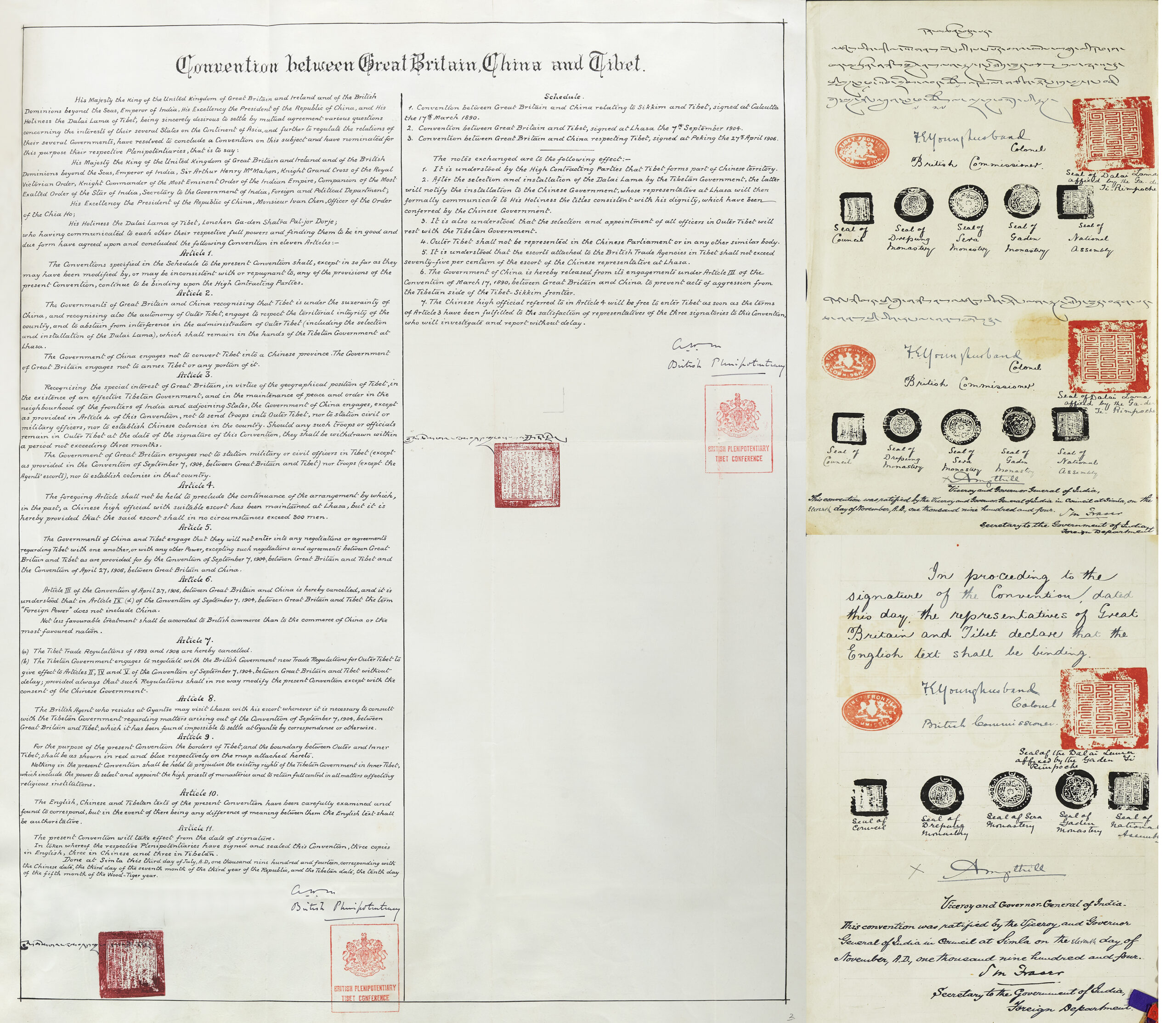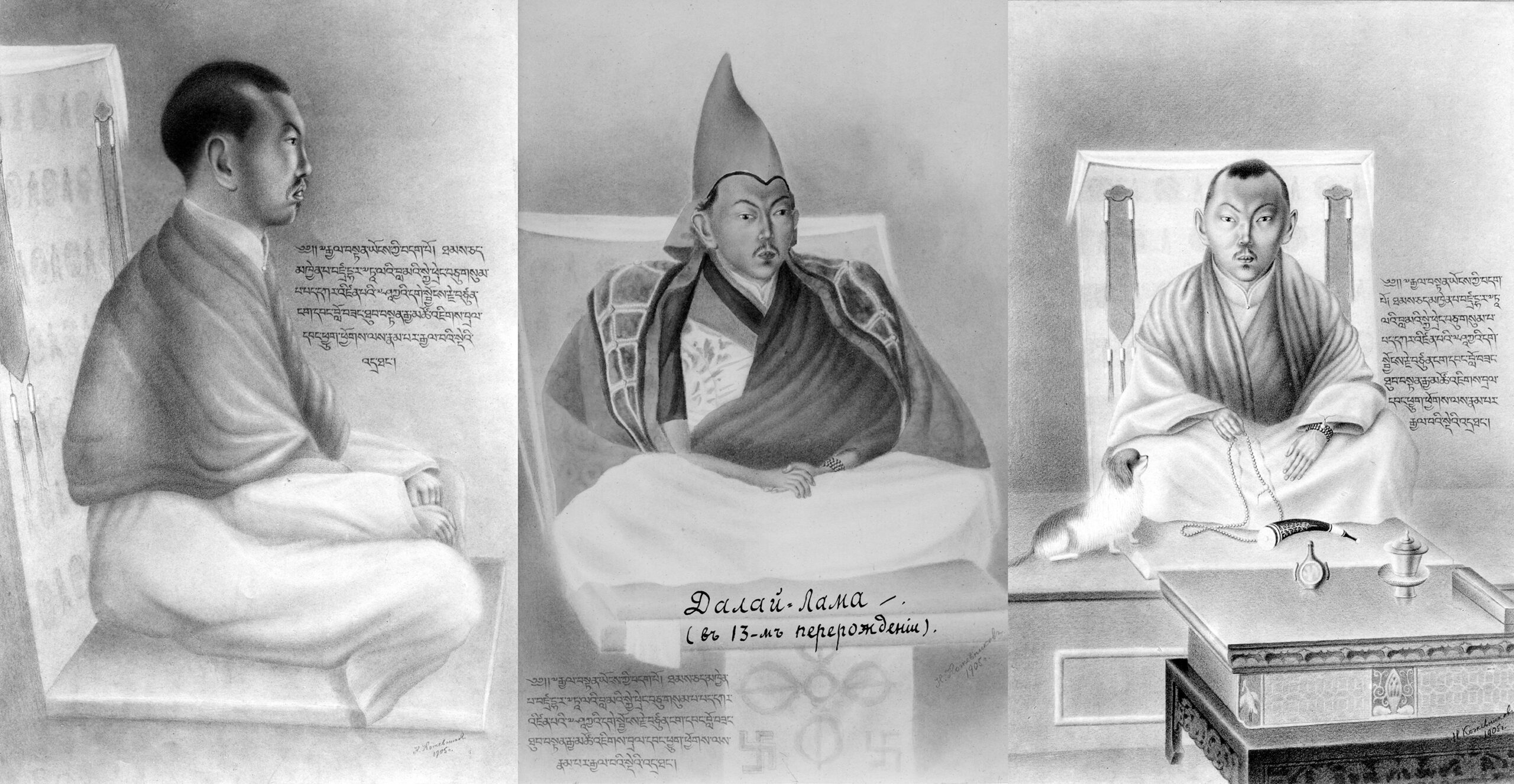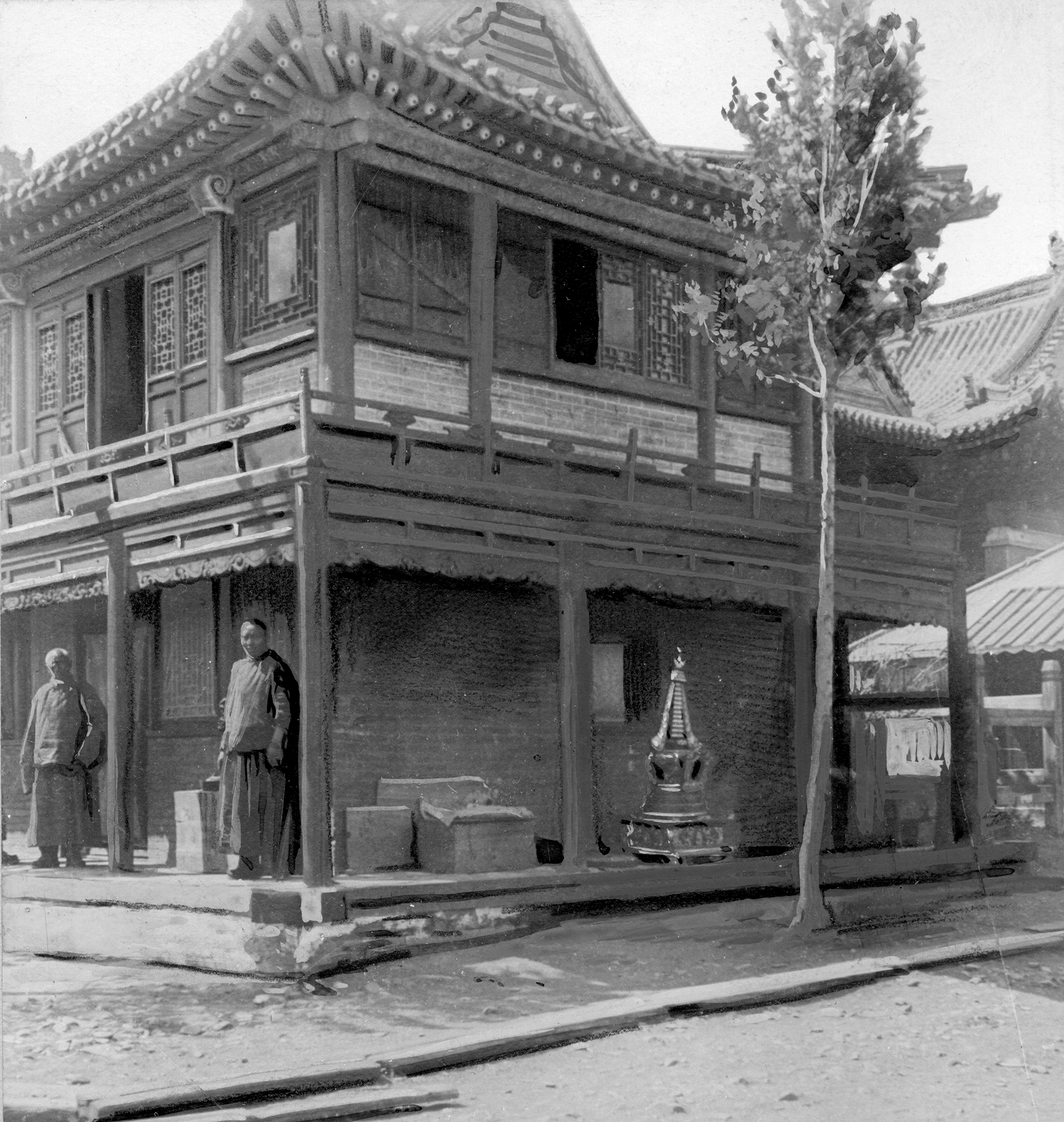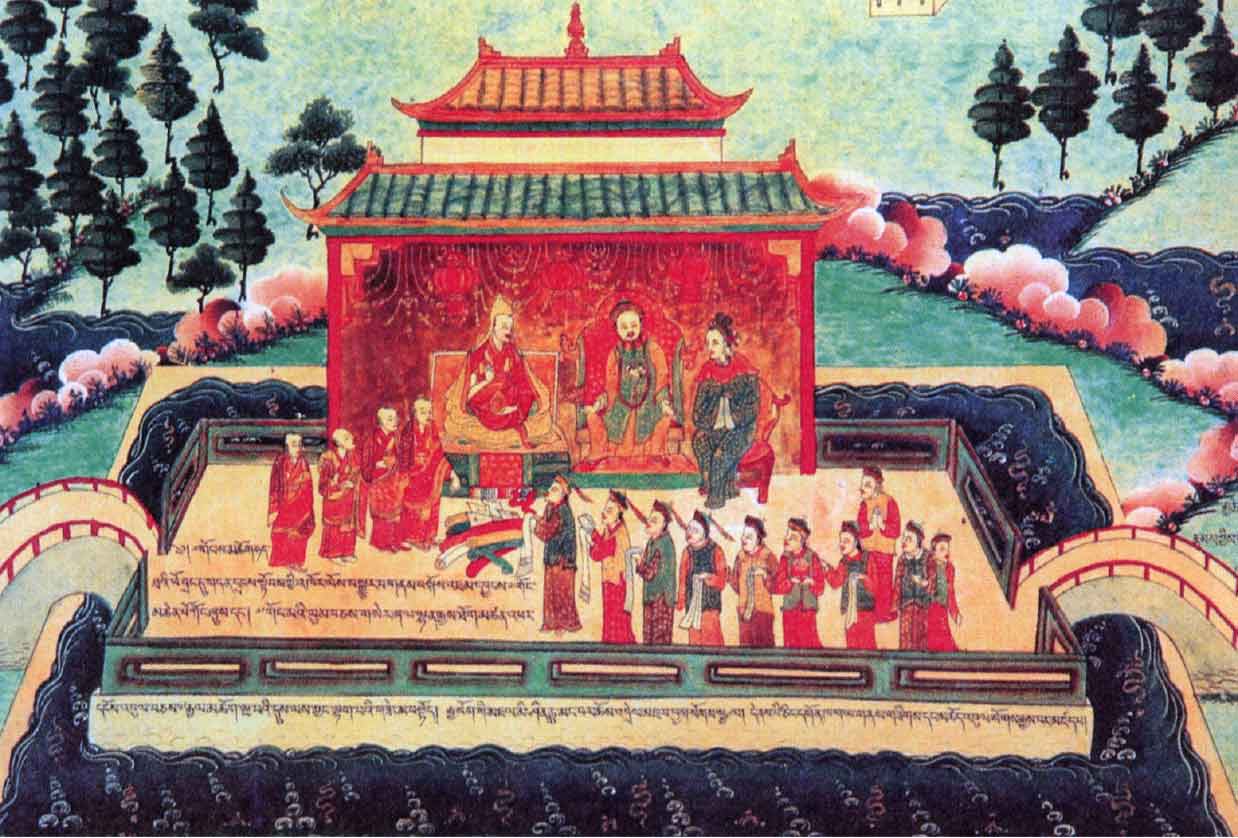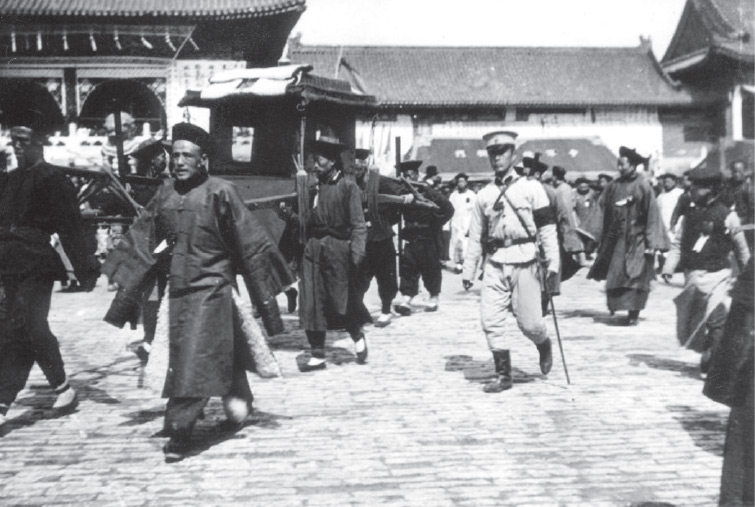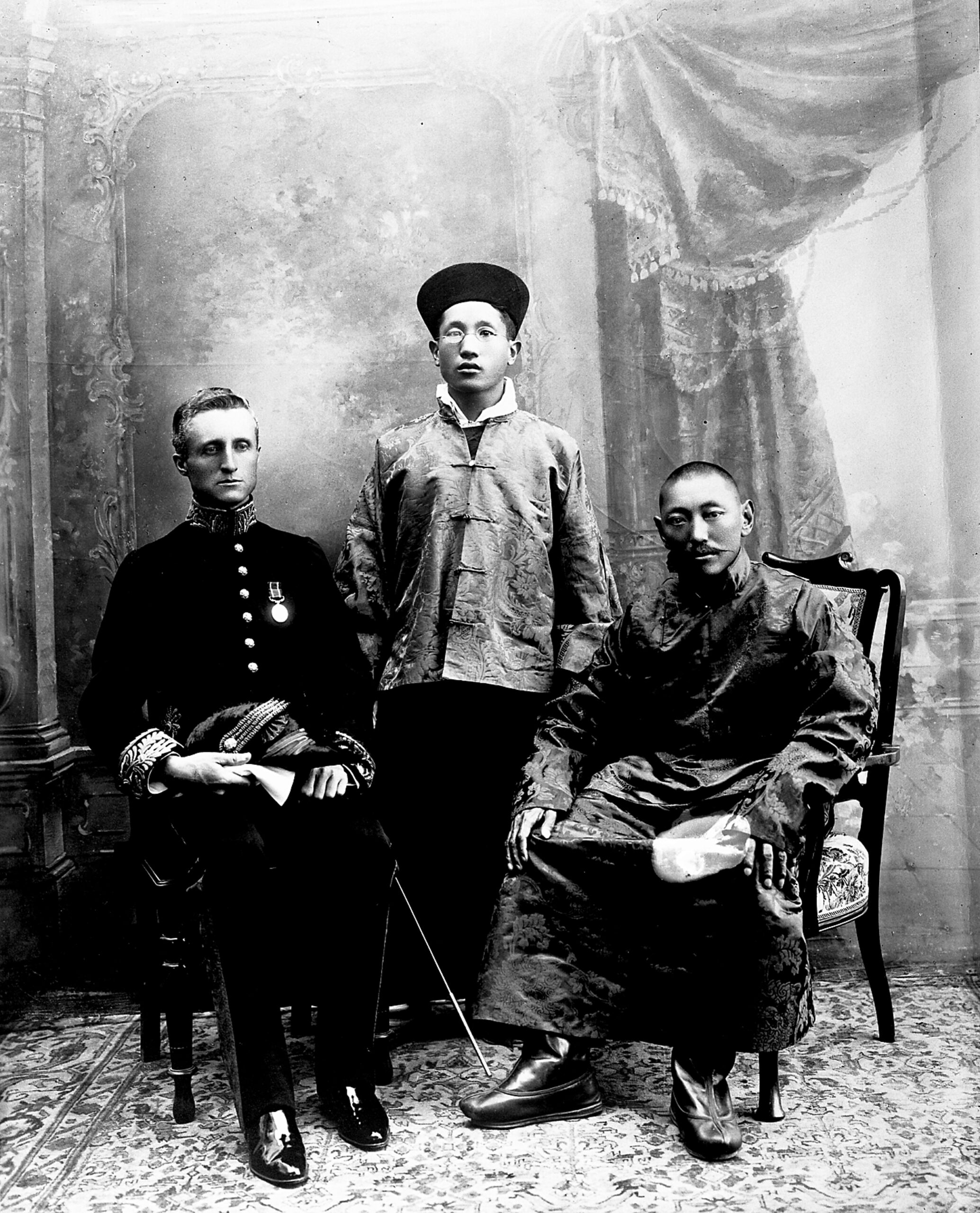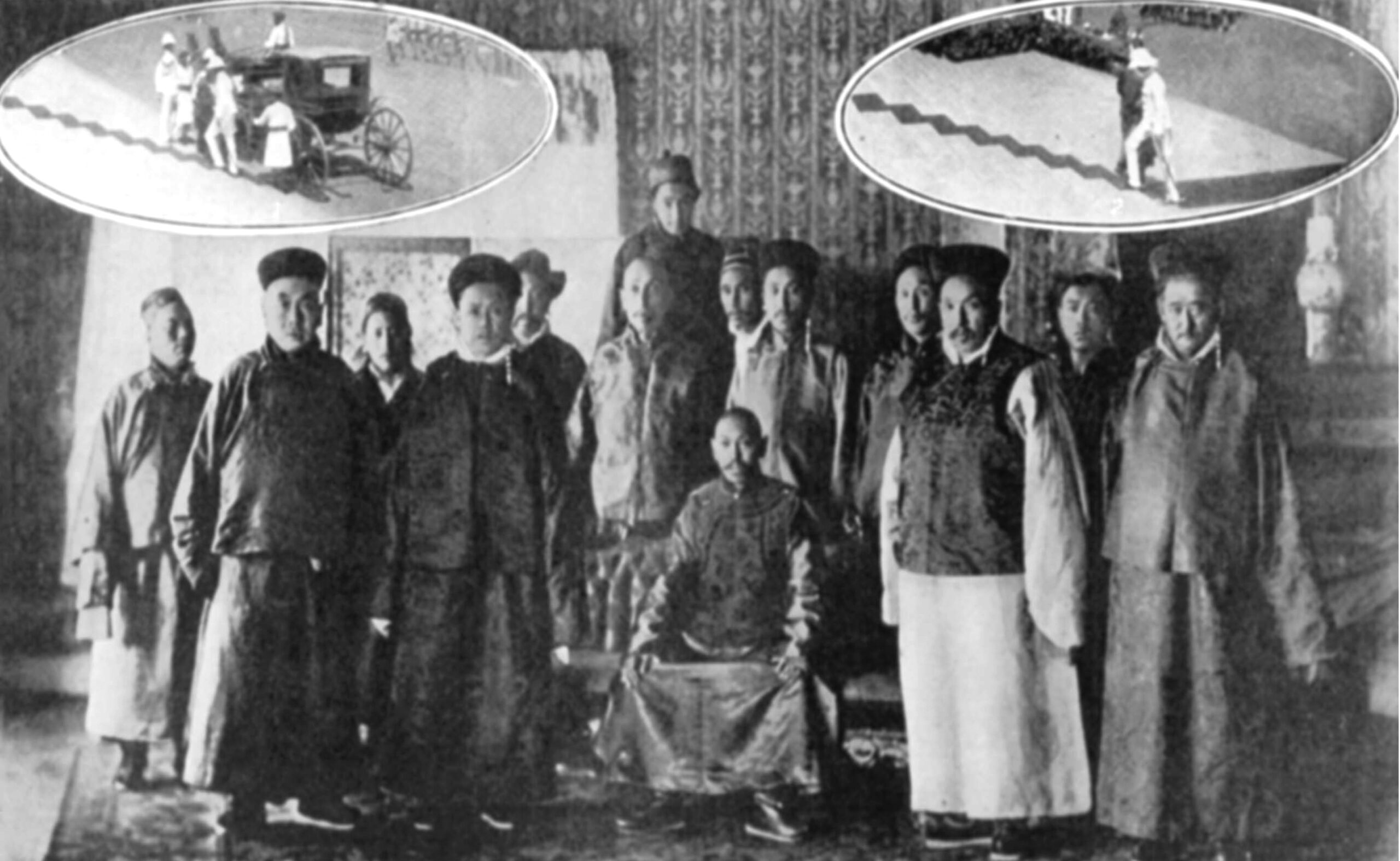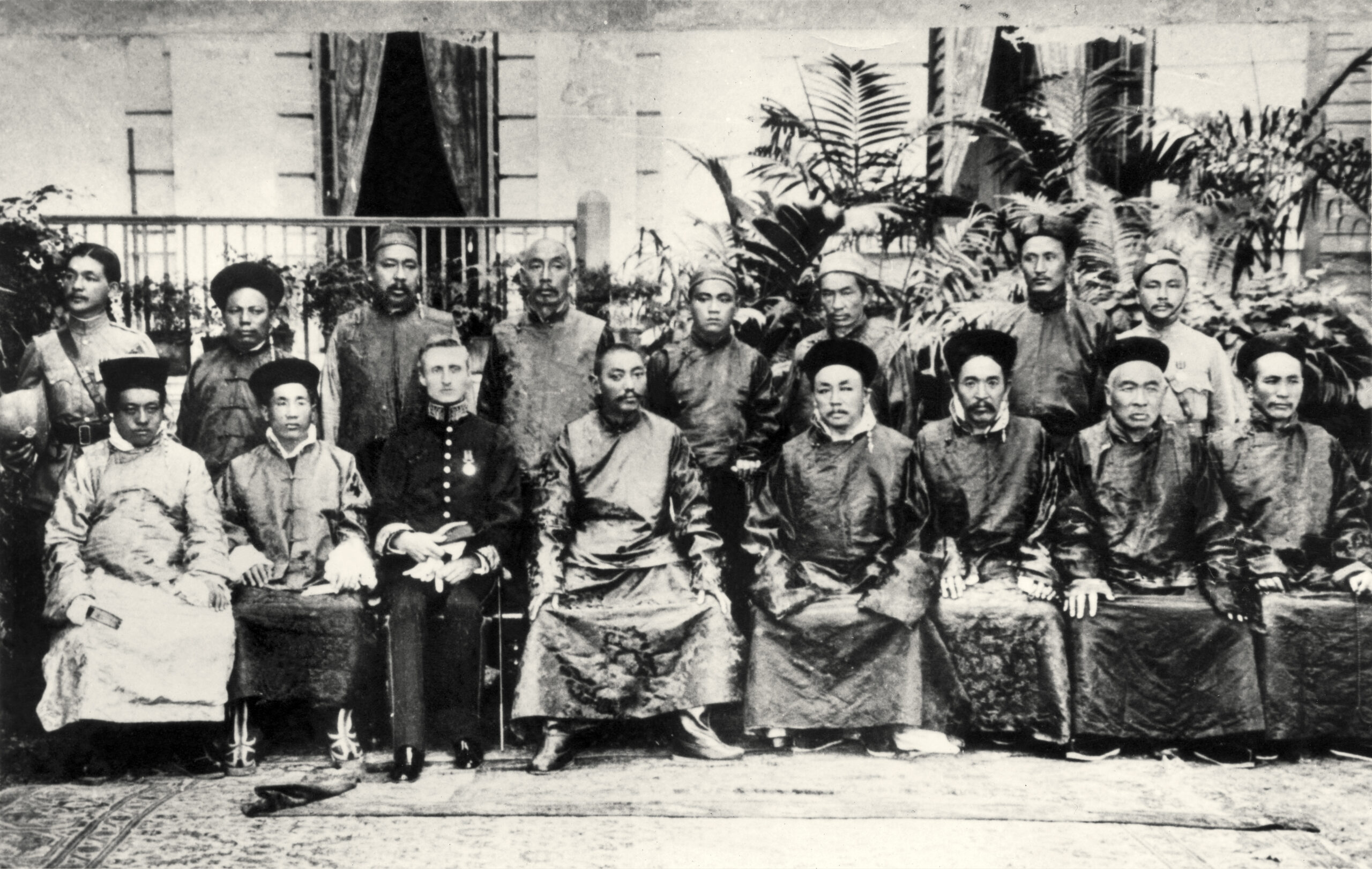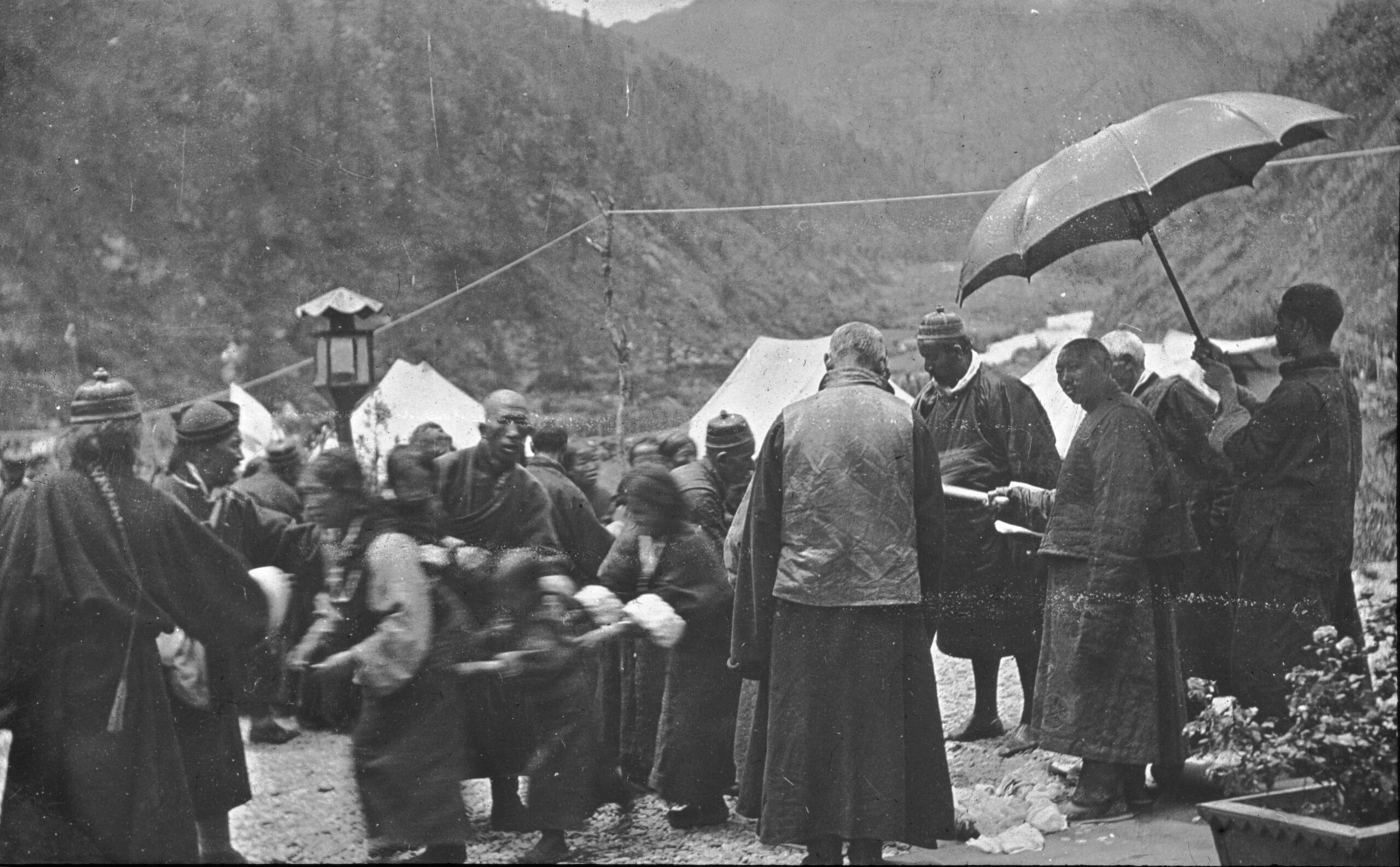
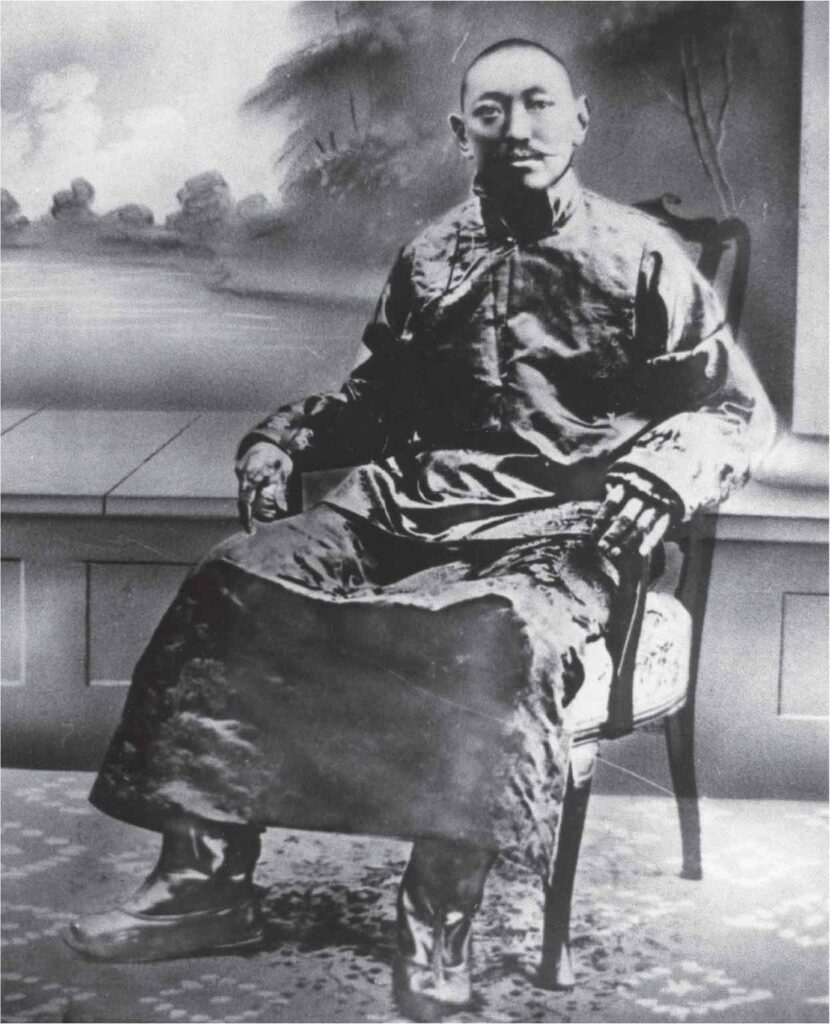
The Great Game and Trail of Two Exiles
The 13th Dalai Lama Thupten Gyatso ascended the throne amidst the geopolitical rivalry known as “The Great Game,” as Czarist Russia and British India vied for influence in Central Asia.
In 1904, Lord Curzon, Viceroy of India, dispatched an expedition under Captain Francis Younghusband to open trade routes and counter Russian influence. The British advance prompted the Dalai Lama to flee to Mongolia—his first exile.
Though the Tibetan army resisted, they suffered heavy losses at the Battle of Guru, where over 700 Tibetan soldiers perished. British forces occupied Lhasa, but the resulting Lhasa Convention notably omitted any recognition of Chinese authority—an implicit affirmation of Tibet’s independence.
In 1910, following a Chinese military incursion led by General Zhao Erfeng, the 13th Dalai Lama fled once more—this time to India. He crossed Dromo and crossed over India. These journeys, though arduous, opened his eyes to the modern world.
In Darjeeling and Calcutta, his encounters with British officials and exposure to modern infrastructure broadened his vision for Tibet’s future.


